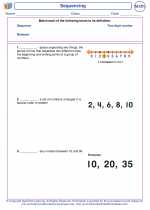Common Denominator
In mathematics, a common denominator is a shared multiple of the denominators of two or more fractions. When adding or subtracting fractions with different denominators, it is necessary to find a common denominator in order to perform the operation.
Finding the Common Denominator
To find the common denominator of two or more fractions, you can follow these steps:
- Identify the denominators of the fractions.
- List the multiples of each denominator.
- Find the least common multiple (LCM) of the denominators.
Example
Let's find the common denominator for the fractions 1/4 and 1/3.
Denominators: 4 and 3
Multiples of 4: 4, 8, 12, 16, 20, ... Multiples of 3: 3, 6, 9, 12, 15, 18, ...
The least common multiple of 4 and 3 is 12.
Using the Common Denominator
Once you have found the common denominator, you can rewrite the fractions with equivalent denominators and then perform the addition or subtraction.
For example, with the common denominator of 12, the fractions 1/4 and 1/3 become 3/12 and 4/12, respectively. You can then add them together to get 7/12.
Conclusion
Understanding and finding the common denominator is essential for working with fractions, especially when adding or subtracting them. It allows for the fractions to be combined and manipulated accurately.
.◂Math Worksheets and Study Guides Second Grade. Sequencing
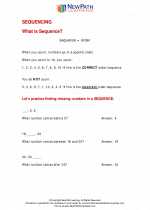
 Worksheet/Answer key
Worksheet/Answer key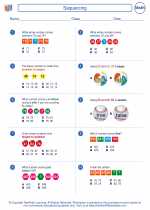
 Worksheet/Answer key
Worksheet/Answer key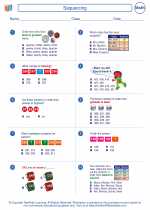
 Worksheet/Answer key
Worksheet/Answer key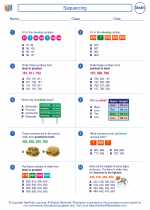
 Vocabulary/Answer key
Vocabulary/Answer key